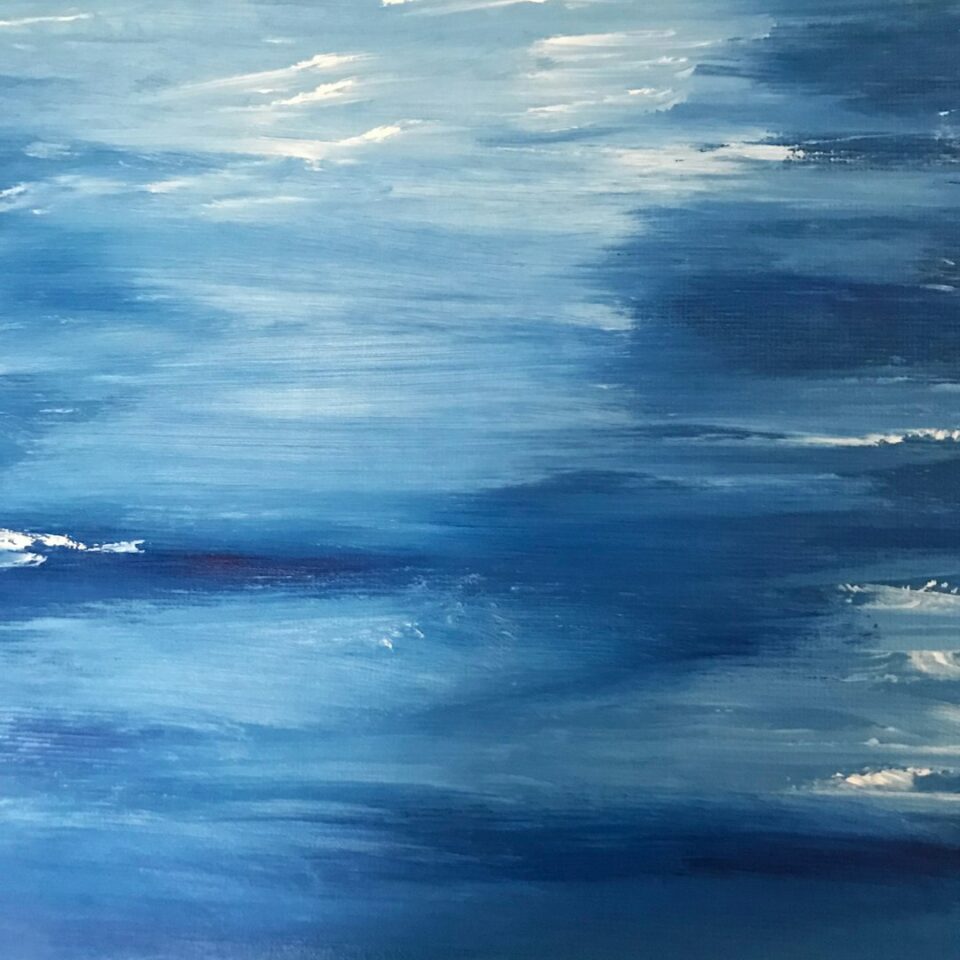Pop culture is a powerful force that shapes our society and influences all aspects of our lives, including art. In recent years, the relationship between pop culture and contemporary art has grown stronger, with artists drawing inspiration from movies, music, television, fashion, and social media.
One of the ways in which pop culture has influenced contemporary art is through the use of imagery and icons from popular media. Pop artists in the 1960s, such as Andy Warhol and Roy Lichtenstein, were some of the first to incorporate images from mass media into their work. Today, artists continue to explore themes and narratives from popular culture, creating works that resonate with a wider audience.
For example, the artist Kehinde Wiley is known for his vibrant paintings that depict young black men and women in poses inspired by historical European portraits. His work challenges traditional ideas of power and beauty, often referencing pop culture icons and images. By blending elements of popular culture with classical art forms, Wiley creates a dialogue between the past and present, challenging viewers to reconsider preconceived notions of race, class, and beauty.
Another way in which pop culture influences contemporary art is through the use of technology and social media. The rise of platforms like Instagram, TikTok, and Twitter has transformed the way artists create, share, and consume art. Artists now have the ability to reach a global audience instantly, using hashtags and viral trends to promote their work. Social media has also democratized the art world, allowing emerging artists to connect with collectors, curators, and other artists in ways that were previously impossible.
Moreover, pop culture has also influenced contemporary art through the use of fashion and consumer culture. Artists like Jeff Koons and Takashi Murakami have collaborated with luxury brands like Louis Vuitton and have created limited-edition merchandise inspired by their artworks. These collaborations blur the lines between art, fashion, and commerce, challenging traditional notions of value and exclusivity.
In conclusion, the influence of pop culture on contemporary art is undeniable. From imagery and icons to technology and fashion, pop culture continues to shape the way artists create, share, and engage with their work. By embracing the cultural zeitgeist, contemporary artists are able to connect with a wider audience, challenge traditional boundaries, and create art that is relevant and meaningful in today’s fast-paced, media-saturated world.

